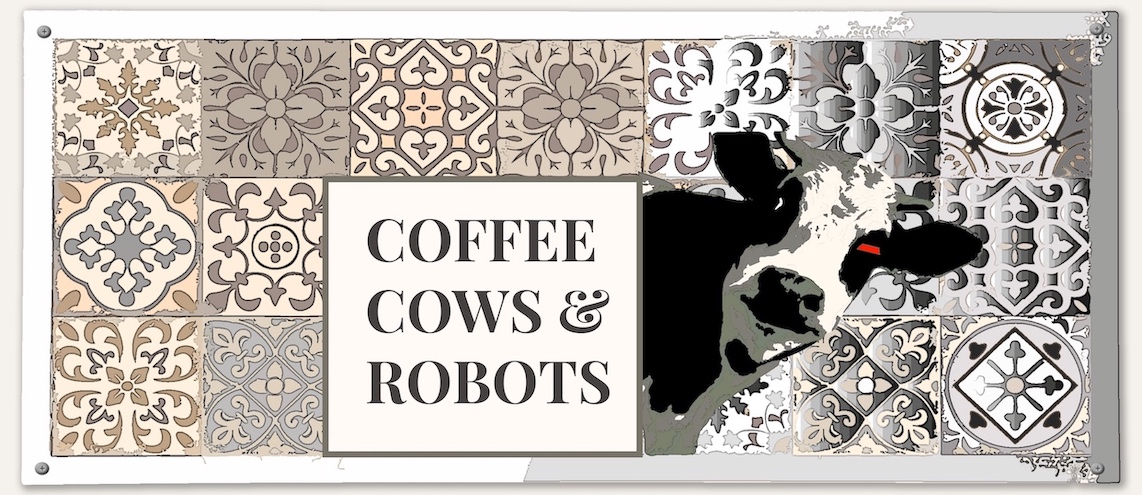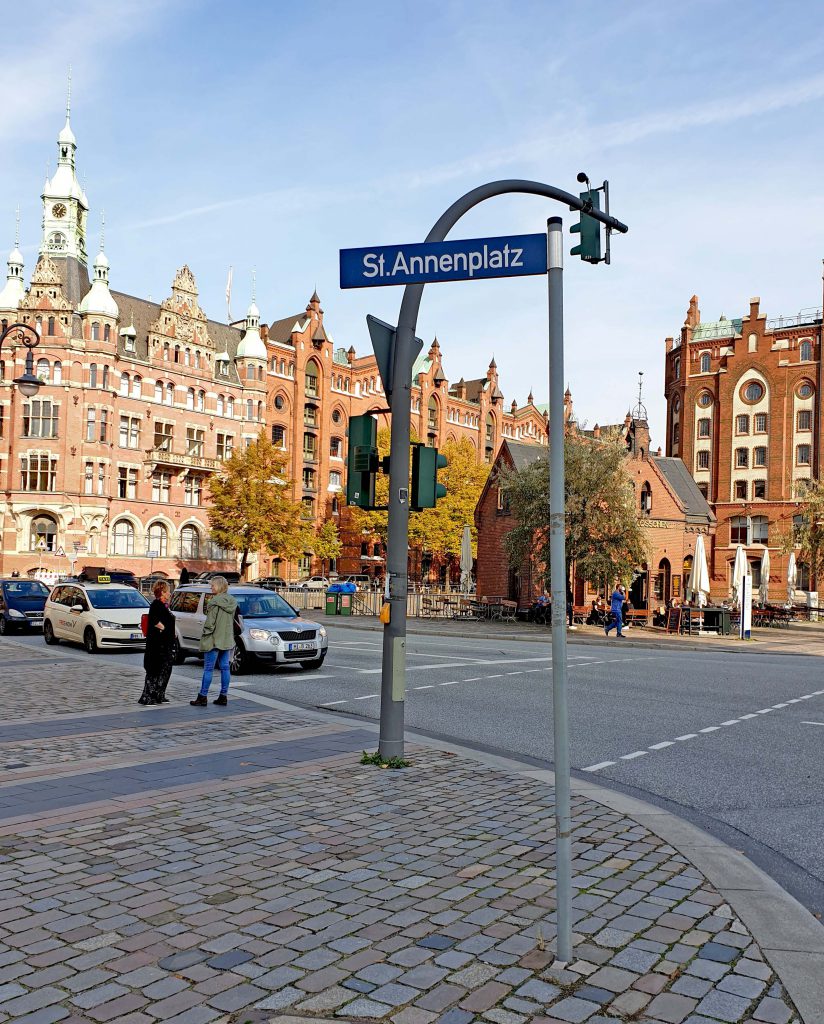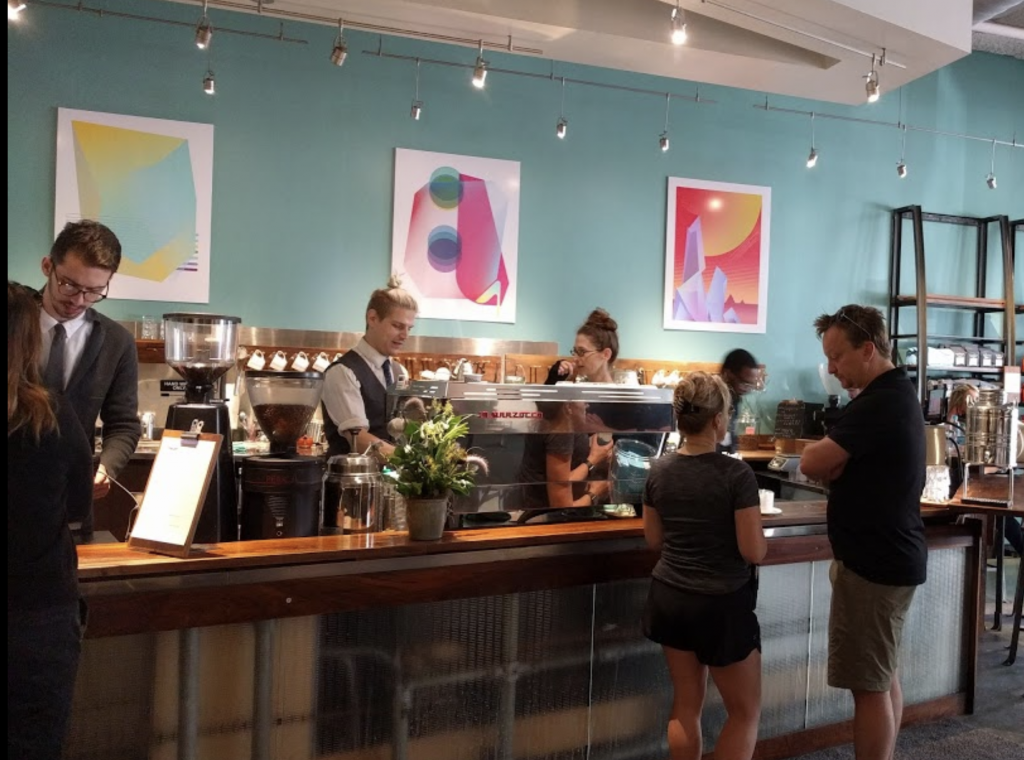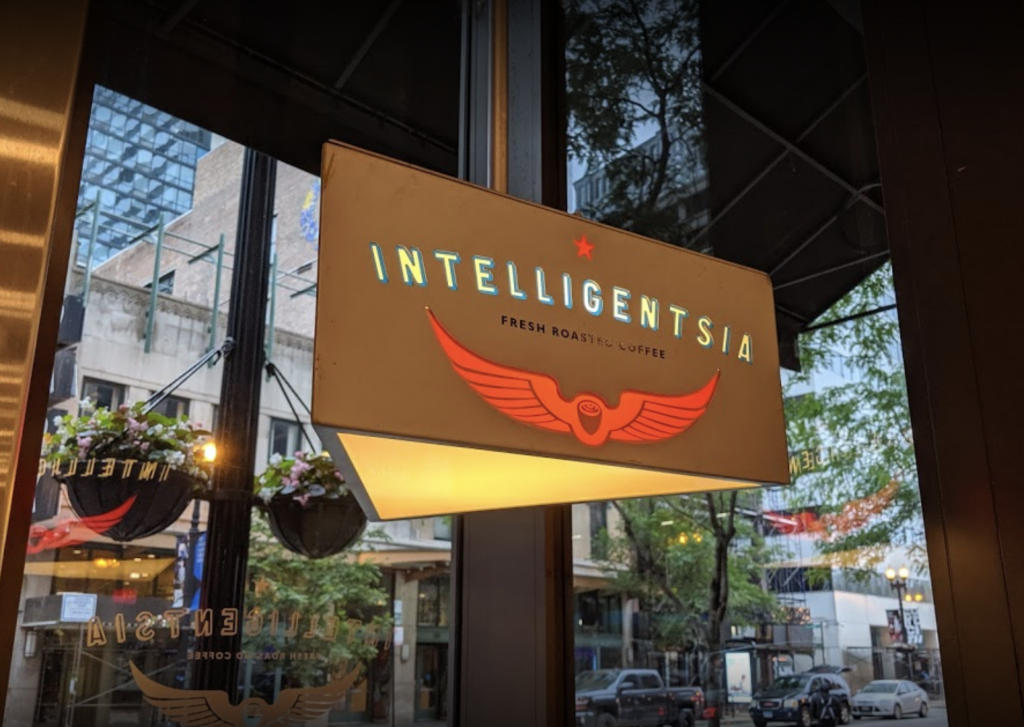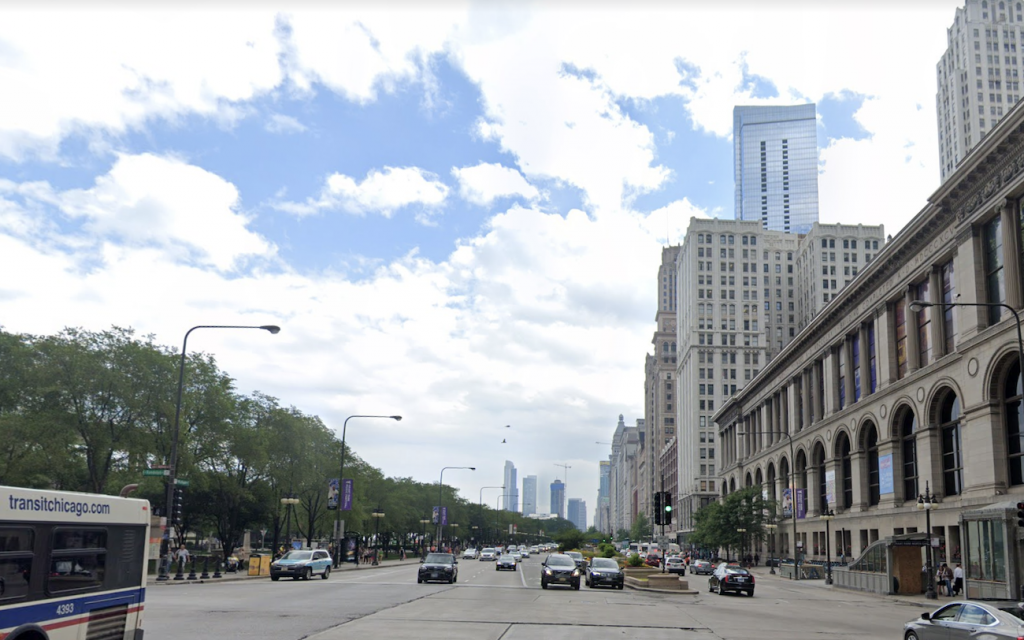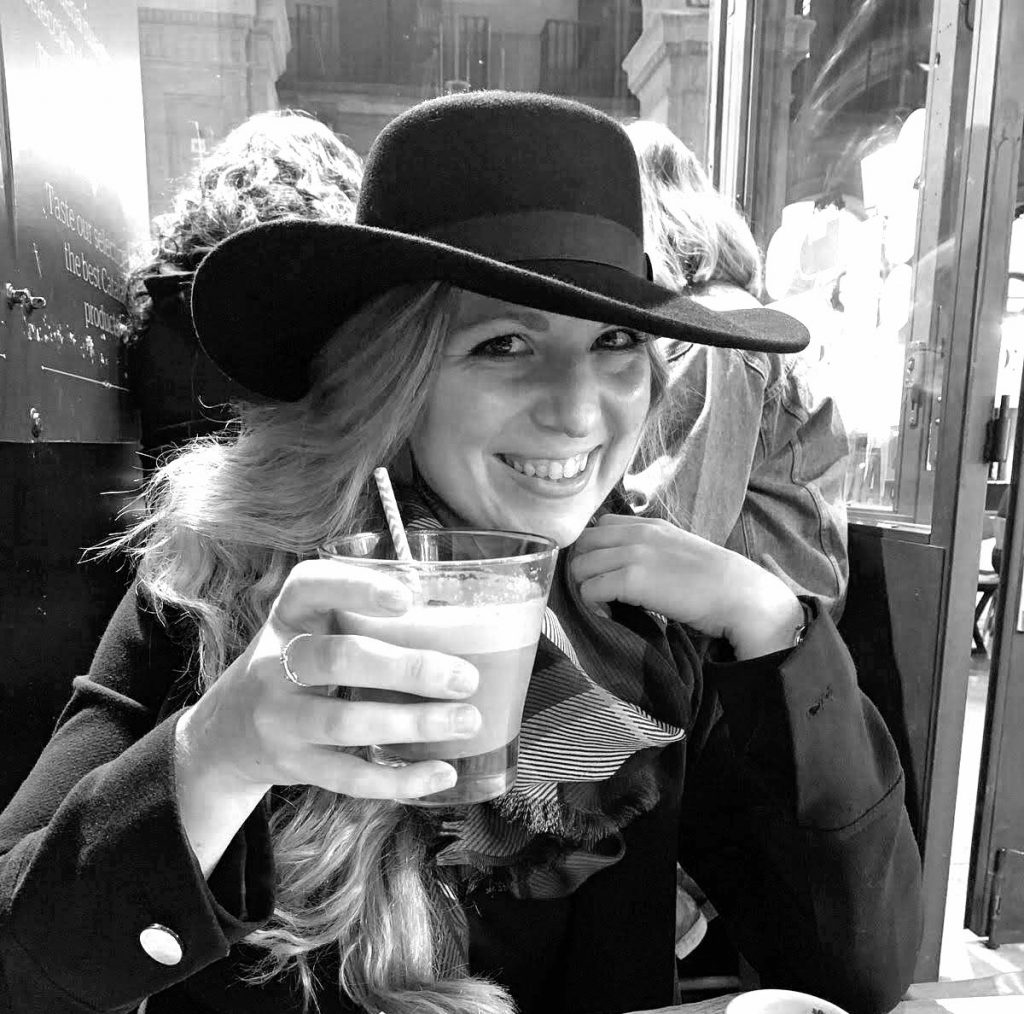Déjà Brew?
In 1674, a Woman’s Petition Against Coffee was published in London.

Coffee was a new thing in England around that time and the newly introduced coffeehouses became the “cool” hangout place of choice for men of importance. The women complained that they were deserted by their husbands, who frequented the coffeehouses and were thereby rendered impotent by the drink.
“For can any woman of sense or spirit endure with patience that when […] she approaches the nuptial bed, expecting a man that with Sprightly Embraces, should answer the vigour of her flames, she on the contrary should only meet a bedful of bones, and hug a meager useless corpse?”1https://www.uni-giessen.de/fbz/fb05/germanistik/absprache/sprachverwendung/gloning/tx/wom-pet.htm
The women’s petition also complained that coffee made men too talkative:
“For besides, we have reason to apprehend and grow Jealous, That Men […] soon learn to exeel us in Talkativeness: a Quality wherein our Sex has ever Claimed preheminence: For here like so many Frogs in a puddle, they sup muddy water, and murmur insignificant notes till half a dozen of them out-babble an equal number of us at a Gossipping, talking all at once in Confusion, and running from point to point […].”2https://www.uni-giessen.de/fbz/fb05/germanistik/absprache/sprachverwendung/gloning/tx/wom-pet.htm
This story gets even better, because a reply was published around the same time by the men in their defence. Among other things, it stated:
“Could it be imagined, that ungrateful Women, after so much laborious Drudgery, both by Day and Night, and the best of our Blood and Spirits spent in your Service, you should thus publicly Complain? Certain we are, that there never was Age or Nation more Indulgent to your Sex […].”3https://www.uni-giessen.de/fbz/fb05/germanistik/absprache/sprachverwendung/gloning/tx/mens-answer-1674.htm

The poor men go on lamenting:
“But why must innocent COFFEE be the object of your Spleen? That harmless and healing Liquor, which Indulgent Providence first sent amongst us […].”4https://www.uni-giessen.de/fbz/fb05/germanistik/absprache/sprachverwendung/gloning/tx/mens-answer-1674.htm
Afterwards, King Charles II issued a Proclamation for the Suppression of coffeehouses, because they ‘were the resort of idle and disaffected persons who mis-spent their time, instead of being employed about their lawful callings, and published malicious and scandalous reports to the defamation of His Majesty’. Then, 11 days later, he changed his mind. 5 Smith R.F. (1985) A History of Coffee. In: Clifford M.N., Willson K.C. (eds) Coffee. Springer, Boston, MA. https://doi.org/10.1007/978-1-4615-6657-1_1
This story has so much to offer that I don’t know exactly where to start commenting. Also I have many questions I wish I could ask these people. So I will just leave this here.
But to summarise, coffee is awesome, and I side with the men.
Some more History
There are a few legends on the discovery of the dark brew. One of the more famous ones claims the origins of the drink date to 9th century Abyssinia, where a goat herder noticed his goats getting very excited around certain trees. Upon closer inspection, he saw the berries and decided to take them to a nearby monastery. The local monks thought that they must be coming from the devil and threw them in the fire. Noticing the pleasant aroma immediately after, they scraped the beans out of the fire and placed them in boiling water, hence giving birth to the first cup of coffee.6 Smith R.F. (1985) A History of Coffee. In: Clifford M.N., Willson K.C. (eds) Coffee. Springer, Boston, MA. https://doi.org/10.1007/978-1-4615-6657-1_1
Another old legend has it that coffee was introduced to Mohammed together with the Koran. When he lay ill and prayed to Allah, the angel Gabriel descended with a beverage ‘as black as the Kaaba of Mecca’ that gave him ‘enough strength to unseat 40 men from their saddles and make love to the same number of women’.7 Smith R.F. (1985) A History of Coffee. In: Clifford M.N., Willson K.C. (eds) Coffee. Springer, Boston, MA. https://doi.org/10.1007/978-1-4615-6657-1_1
(Hm, too bad there is no such legend connected to the bible…it would have been a fun addition to the story, if God would have said “Moses, I will give thee tables of stone, and a law, and commandments which I have written; also, here is some coffee, ya might need it!”)
In the 17th century Sultan Murad IV banned coffee in Constantinople (apparently he did not like the idea of unseating men and making love). He would walk around the city with an executioner and behead people for breaking the ban.8Davis, William Stearns (1922). A short history of the Near East: from the founding of Constantinople (330 A.D. to 1922). New York: The Macmillan Company. pp. 259–260.
(If only they did this with people not wearing masks during Covid…)
Invading Turkish armies later brought coffee to Europe in the 17th century. There is some historical debate on the origins of the traditional Viennese coffeehouses (now a UNESCO cultural heritage). According to some accounts, the Turkish army left several hundred bags of coffee in a warehouse, which were discovered by Franz Georg Kolschinski, who ended up going from door to door to sell cups of coffee. When he was rewarded with the gift of a house in Vienna by the Austrians for his wartime bravery, he turned it into a coffeehouse. They became popular all over Europe and a popular business meeting place, as mentioned in the story at the beginning of this post.9 Smith R.F. (1985) A History of Coffee. In: Clifford M.N., Willson K.C. (eds) Coffee. Springer, Boston, MA. https://doi.org/10.1007/978-1-4615-6657-1_1
Nowadays, coffee is one of the most consumed beverages in the world. In the last year, the world has consumed 166 628 bags, containing 60 kg coffee.10http://www.ico.org/prices/new-consumption-table.pdf That’s about 2.25 billion cups per day.
It is also the most consumed beverage by me.
Hamburg
I don’t remember exactly when I started drinking coffee. What I remember very well is my obsession with Gilmore Girls growing up (don’t mock me, they are cool) and in retrospective, Lorelei’s obsession with coffee must have left an impression on me.

I grew up in Hamburg, a port city with a rich coffee trading history. In the Speicherstadt, near the old town of Hamburg, coffee would be stored and roasted; you can still get a feel of this at the Kaffeerösterei11speicherstadt-kaffee.de.
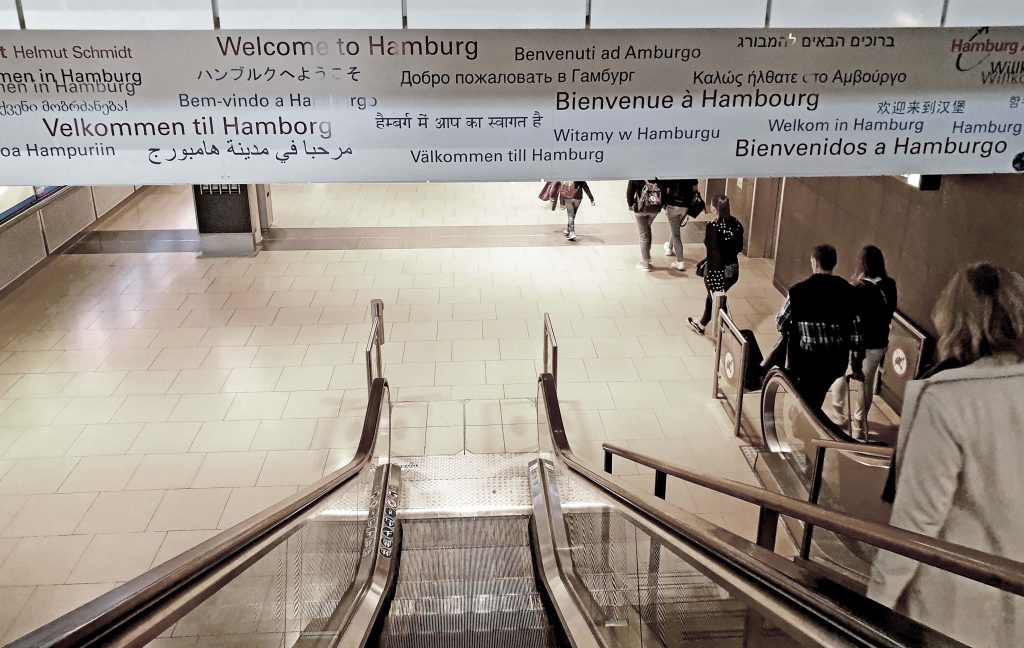
At times I remember walking around the city, the wind carrying the amazingly rich scent of freshly roasted coffee my way. At the Dammtor, the train station where I had to get off to go to school, there used to be a little Italian Gelateria, where my mom would sometimes take me to have a Caramel Latte Macchiato (and a Gelato, of course).
Besides the Gelateria, my childhood friends and I used to frequent Balzac12www.balzaccoffee.com coffee during our lunch break. Named after Honoré de Balzac, who was known for obsessively drinking 50 cups of coffee a day, Balzac was the golden-brown smaller brother of Starbucks, before the grand Starbucks invasion. There we would sit at the age of 14, feeling all smug and adult, sipping our lattes, and discuss important life events that one has at the age of 14.
Virginia
In 2006, the year that Starbucks invaded Hamburg13https://www.food-service.de/maerkte/news/Starbucks-zieht-in-die-Kaffeestadt-Hamburg-10615, I moved to Richmond, Virginia, barely missing the invasion. I had heard of Starbucks before and even seen it in Berlin. It was a magical place for 16 year-old-me, like an upgraded, exotic version of Balzac, green and undiscovered. When I discovered that 5 Minutes from my new home in Richmond would be a Starbucks, I was thrilled! Of course I was not earning money at the time, so having a Frappuccino was a Christmas-like present each time. I remember asking for extra portions of the caramel sauce they would put on top of the whipped cream (oh to be young and have a young metabolism…) and cherishing each sip as long as I could.
My love-affair with Starbucks took an abrupt end a few years later, as I came back to visit Hamburg, only to find my happy-place Gelateria replaced by a Starbucks. I vowed that day never to set foot in a Starbucks again (and only have broken it since then, when someone else insisted to set foot in it).
Chicago
I moved to Chicago in 2008. My first experiences there involved something called a “Black Eye,” which is basically half a liter of coffee with two shots of espresso in it. This was my beverage of choice during my Bachelor exams. My unhealthy level of alertness matched that of the lady on the poster hanging in my kitchen. It took my sleep cycle around 4 weeks to get back to normal, after finishing my Bachelor.
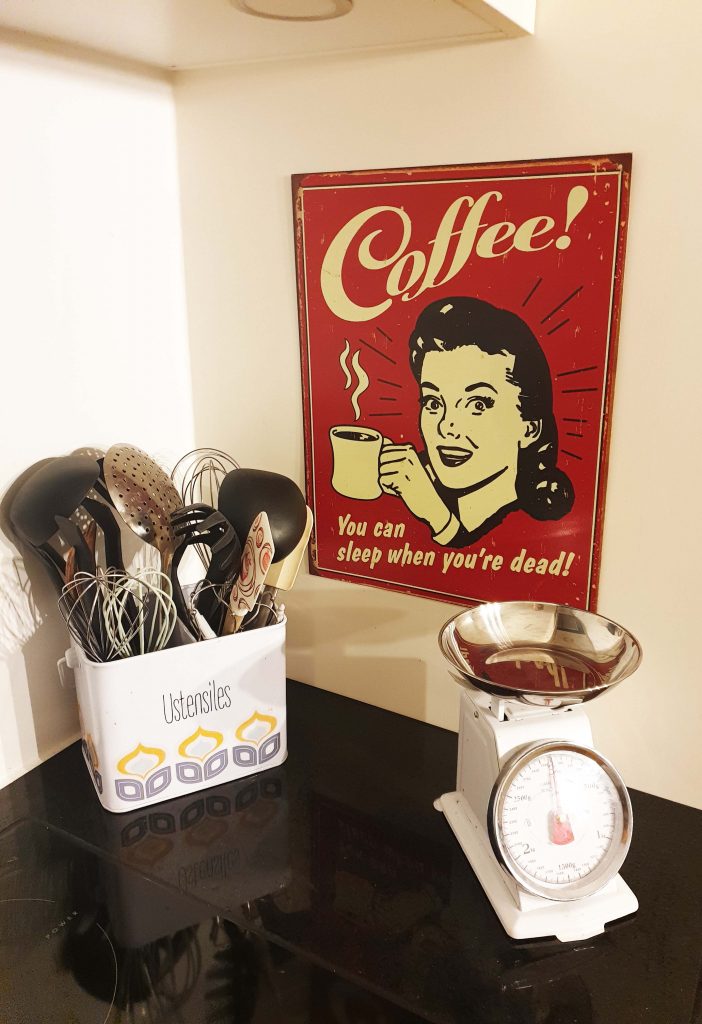
When I finished my Bachelor and started my first job at the Swiss Consulate downtown, I discovered Intelligentsia Coffee (specifically the one at the corner of Randolph and Wabash Ave). It will always have a special place in my heart, as this is where I discovered the beauty of third wave filter coffee.
Coffee has come a long way from being served in coffeehouses in Vienna and London. The food critic Jonathan Gold defined the different waves of coffee as follows “The first wave of American coffee culture was probably the 19th-century surge that put Folgers on every table, and the second was the proliferation, starting in the 1960s at Peet’s and moving smartly through the Starbucks grande decaf latte, of espresso drinks and regionally labeled coffee. We are now in the third wave of coffee connoisseurship, where beans are sourced from farms instead of countries, roasting is about bringing out rather than incinerating the unique characteristics of each bean, and the flavor is clean and hard and pure.”14https://en.wikipedia.org/wiki/Third_wave_of_coffee
Intelligentsia was a pioneer of the third wave. Here I would go, day in and out, spend an arm and a leg for a coffee that would take 15+ minutes to make, while people next door at Starbucks would fly in and out within seconds.
But it was worth it, because after waiting and admiring those strange people behind the counter making coffee in strange appliances, making small-talk with them and fellow coffee-addicts, breathing in all the other-worldly scents from freshly roasted coffee beans, and judging Starbucks clientele by collectively shooting them dirty looks, I would end up with the most beautiful cup of coffee, which I would hold dearly while walking up Michigan Avenue to the office.
Washington D.C.
When I moved to Washington D.C. in 2014, the first thing I did was to look for a replacement for Intelligentsia Coffee. I never exactly found a replacement, but I did find Tryst15https://www.trystdc.com/ in Adams Morgan, a truly amazing place and as hipster as one can find. They did not have a single chair that matched another, not a single cup that matched the rest of the china, and you would get your beverage with little animal crackers. While D.C. was not my favourite city in the world, Tryst was. It is the only place in the world that I have found so far to make an excellent Iced Vegan Dirty Chai Latte (yes, I needed a few attempts to get that one right and in the right order).

Zurich
By the time I moved to Zurich in 2015, getting to know a city via coffeeshops had become a habit for me. I prepared for my first job interview in Zurich at Café Noir. I spent hours studying for my Master’s exams at Boréal. I made new friends at Auer & Co.
Whenever I travel to a new city, I continue the tradition of marking all the coolest looking coffee places and I plan my sightseeing around coffee breaks. I also need coffee shops for orientation (“Ah, that street that is a block away from XYZ coffee!”).

Exploring València via coffee. 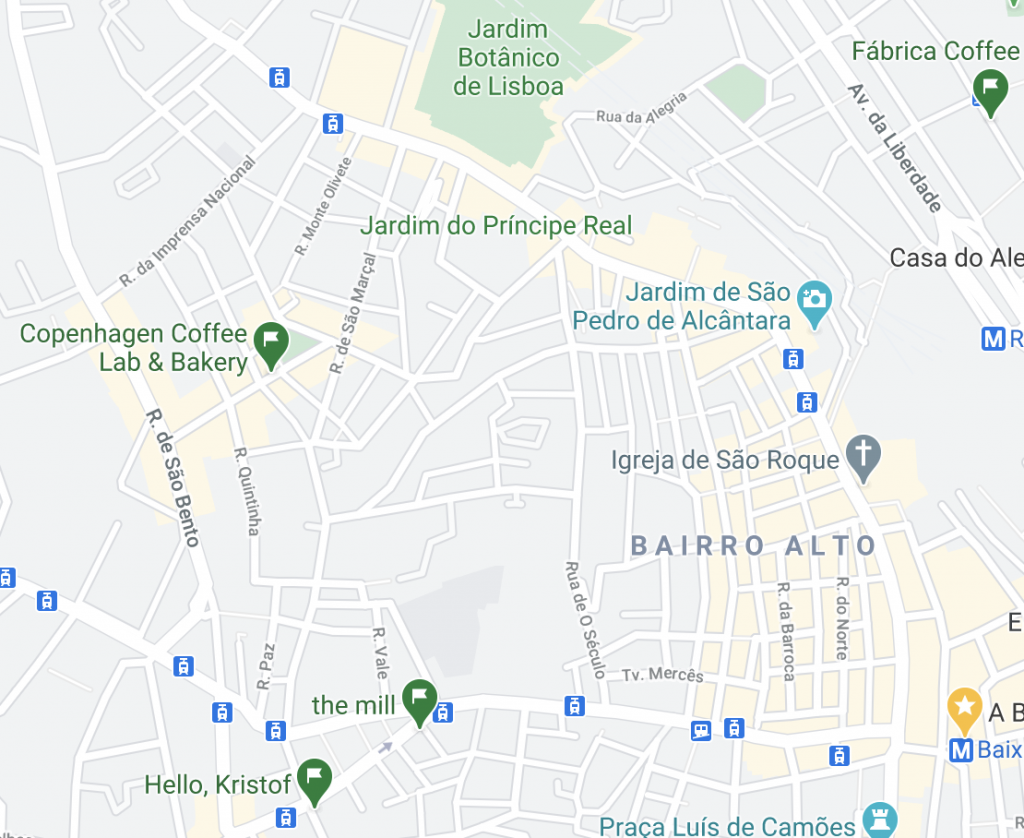
Exploring Lisbon via coffee.
My boyfriend asks me on a regular basis if I still love him more than coffee, so you can imagine its importance in my life.
So, of course when I started thinking about my blog, coffee needed to have a noteworthy place somehow. To begin with, I put it in the title. Together with the cows and robots, it sounded quite hipster to me, and that seems to be a requirement for blog titles these days, so…win-win!
What Type of Coffee, you ask?
Probably you didn’t ask, but I will tell you anyway, since you are here. I am a filter-coffee drinker through and through. An Italian friend of mine said once to me, filter-coffee is just dirty water (I had heart palpitations for the rest of the day). Admittedly, when done wrong, it can taste quite nasty. I have had many cups of coffee in my life that made me cry and I drank them more out of desperation (since not drinking coffee is not an option).
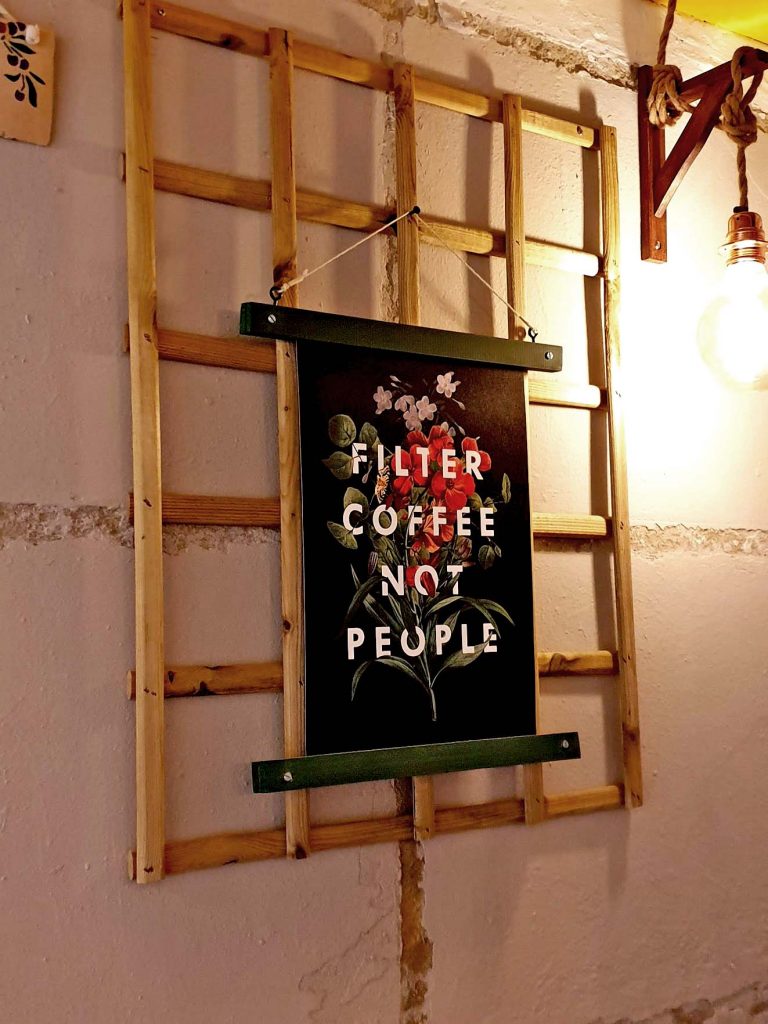
But when done right … it’s magic. Don’t get me wrong, I appreciate other forms of coffee, any really. Espresso, Bialetti, French Press (although not my favorite), cold brew, Syphon, whatever-newest-hipster-craze, you name it, I drink it. But nothing tops a perfectly brewed filter coffee.
So, now you know a number of cool historical facts about coffee, a few historical facts of how and where I discovered coffee, why many of my travel posts inevitably have a short excursion into the coffee shops in the area, and why I have a poster hanging in my kitchen that shows a slightly too alert-looking lady with a coffee mug in her hand. Now go make yourself some, wherever you are…
..and if you got some Baileys, even better, put it in! Cheers!
